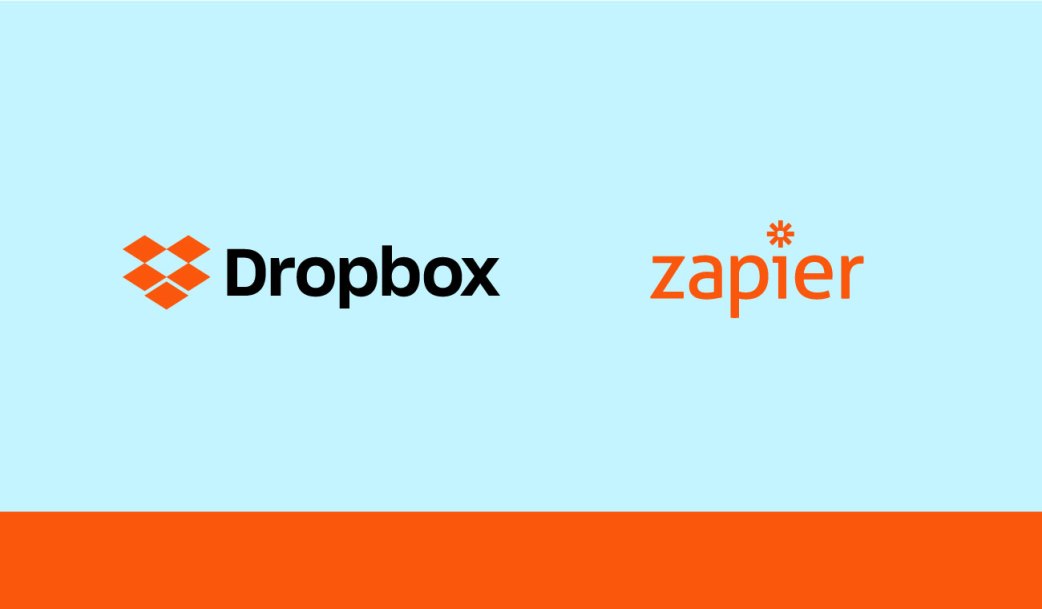
As a developer, automating your busywork is important. When it comes to collaborating with other teams or moving files around various systems, a little code can help you—and your teammates—focus on the tasks that matter.
Dropbox is all about simplifying the way you work, which is why we teamed up with our friends at Zapier to pull together some ways they can help you automate your development with Dropbox.
Here are three Zapier automations for Dropbox with S3, Github, and more so you can optimize workflows and put your creative energy to work.
Easily deploy Dropbox files to Amazon S3 buckets
Developers are frequently automating their own workflows, but you don’t have to stop at the work you do. If you’re working on a website or project with images and static assets, help designers and copywriters stick to the tools with which they’re familiar, like Dropbox.Let’s say a client asks for their logo in an illustration to be bigger on their website. With the source file, that’s a quick change, but your static assets are likely stored in Amazon S3 or a similar tool built for developers. By building an automation with Dropbox, you can enable your designer to save the new image file into Dropbox and be done. The file will automatically copied to an Amazon S3 bucket.
Automatically create GitHub pull requests for file revisions
You probably spend a lot of time on GitHub, so it’s easy to forget that’s not true for everyone. There are good reasons why development teams run their work through version control services. It’s a single source of truth, and a place to see and discuss changes. However, it can be challenging keeping tabs on content changes when collaborating with teammates using different tools.
Take a content team, used to writing in a word processor and collaborating within a document saved in Dropbox. When their revisions need to be incorporated, rather than creating manual updates, you can leverage this Dropbox-GitHub Zap to automatically make a pull request when a new file is added to a Dropbox folder. This allows your entire team to stay on the same page without anyone being pulled out of their workflow.
You may have special requirements in your deployment process that prevent you from storing files in Amazon S3 or GitHub PRs. In that case, you likely have orchestration in your codebase that you’ll tap into.
You can wire up new file notifications from Dropbox directly using webhooks or through the Zapier-Dropbox integration. This Zapier integration sends the Dropbox filename, download URL, and other details to an endpoint that can handle it for you. You can post the Dropbox file URL to your server, or send the whole file for storage in your database or other server-side solution.
When you set up these automations, we recommend you double check that you have 2FA enabled for both your Dropbox and Zapier accounts for added security.
With the Dropbox API you can connect your most important work and tools to create meaningful workflows. And with the workflow automations enabled by Dropbox’s partner, Zapier, you can find a more enlightened way of working with Dropbox.
Build with Dropbox today at

